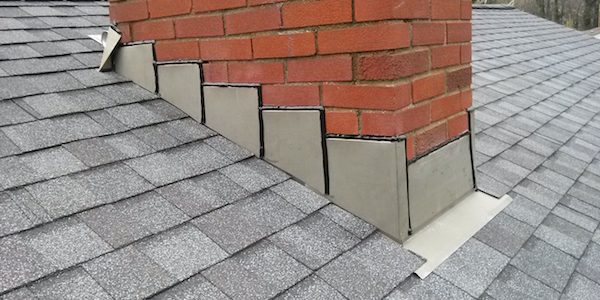Global warming is a challenge whose effects are already being experienced in most, if not all, of the 7 continents of the planet. Everything from the weather patterns, ocean winds, air pressure, and humidity is changing. These sudden changes in the climate are affecting sustainability. Luckily, several professionals have put in place measures that help ease the effects of this phenomenon. Some of the unlikely ones, such as roofing contractors, have hopped into this bandwagon, and these are some of the ways that they are making this happen.
Roof coating
Increasing the lifespan of roofing is one aspect that contributes to reducing the waste that’s dumped around, especially when roofs are replaced. Coating them is one way that roofing companies are doing this. They use light shades such as white, light blue, and other non-heat absorbing colors.
We know all too well that heat reduces the lifespan of anything. Therefore, coating roofs using lighter shades reduces the impact of the sun’s heat on them, thereby increasing their longevity.
Solar panel Instalments
One of the most effective and economical ways for roofing companies to harness natural light is through solar panels. This option is a successful one, especially when it comes to providing renewable energy for buildings and combating the effects of greenhouse gases.
Several governments are offering incentives to people who opt for solar panels, more so when there is surplus energy production.
Reduction of waste
The world is already filled with waste products from various industrious projects and domestic disposal of throw-away items. Roofing contractors now adopt the concept of accuracy when it comes to measuring the materials they will need throughout the construction period. Consequently, there is minimal cutting and resizing of products, which helps keep the waste production at a minimum.
Reducing the impact of construction
Every roofing option has a lifespan. Once it serves its purpose, removal, and replacement is inevitable. A few years back, most contractors would have to remove the entire roofing system and replace it with a new one.
The debris from the entire process is detrimental to the environment. As such, most roofing companies now aim to reduce the number of unusable items that are recovered during replacements. With the help of sustainable roofs and roofing materials, most homeowners only have to repaint their roofs to revamp their appearance. Replacements are only done when there is damage and only on the affected area.
Incorporating sustainable roofing materials
Recycling and reusing are still at work, especially since scientists are spawning new technological advancements every day. Sustainable roofing options such as tiles, metal, iron sheets, and cool roofs are some of the tactics that roofing experts are incorporating into their construction processes.
Metallic items are recycled to make other products at the end of their shelf life, while tiles can be crushed into fine powder and used for agricultural purposes, among other unique uses. Cool roofs, on the other hand, reflect light and heat. These work hand in hand with insulation to ensure that homes are cool at all times, thereby reducing the need to use electric cooling systems during summer.
Vegetative roofing
Vegetation is the one link that is missing in the ecosystem to balance the unstable weather patterns. Rather than install a million-dollar swimming pool on the rooftop, a new trend involving planting vegetation that absorbs more carbons and emits oxygen is evident.
Aside from this, the vegetative cover acts as a shield on the roof, especially from the ever increasing heat. Considering that this roofing system is flat, runoff water is also eliminated, now that the water is stored on the roofs and drained off slowly.
Insulation
Heat transfer from the roof’s exterior to the interior is common in most households that do not have insulated roofs. The result is a significant increase in electric energy consumption while attempting to cool the furnace. Insulation helps to flatten this curve, but only if it is properly done.
Conclusion
Technology has always played a significant role in reducing the effects of environmental degradation, but roofing companies are opting for less conventional ways of ensuring there is less wastage during and after the construction process, as well as ecosystem degradation in the long run.






